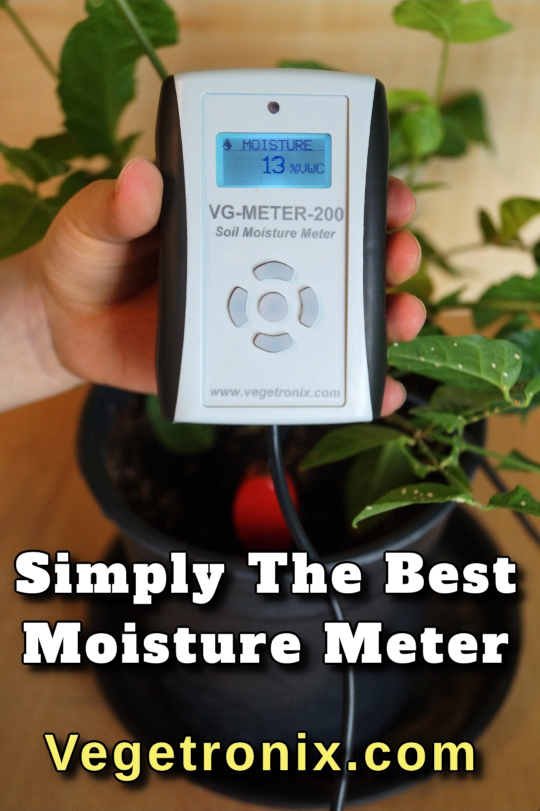Trumpet Vine Germination Experiment - Light vs. Dark
By Tim the Techno-Gardener
Trumpet Vine Seeds: A Plant That Won’t Sprout in the Dark
A couple of years ago, I tried planting trumpet vine seeds, but they just got moldy—not a single seed sprouted. I gave up, thinking it was a lost cause.
Recently, I came across a fascinating book titled Seed Germination Theory and Practice by Dr. Norman Deno. Dr. Deno was a chemist and plant scientist who tested thousands of seeds to discover the conditions required for germination.
“Every species has some mechanism for delaying germination until after the seed has been dispersed. The science of seed germination is the discovery and description of such mechanisms and the development of procedures for removing them so that the seeds can germinate.”
This quote gave me chills—I knew I had stumbled upon something amazing.
Unlocking the Secrets of Germination
You can think of seed germination as picking a combination lock. A seed may have one or more inhibitors, and you must remove each one before germination can occur. These inhibitors can include:
- Temperature (cold or warm)
- Light or darkness
- Chemical inhibitors in the fruit flesh
- Lack of gibberellic acid
- Environmental cues such as host plant chemicals
As a general rule, you want to replicate the plant’s natural environment. For example, many desert plants require cold to sprout—because that’s when water is most available in their ecosystem.
The Case of the Trumpet Vine
Looking up Campsis radicans (Trumpet Vine) in Dr. Deno’s book, I found it belongs to a class of plants that require light to sprout. That may explain my earlier failure—I had buried the seeds, blocking the light they needed.
By the way, I'm Tim—an electrical engineer who applies engineering principles to gardening. If you love learning how science and technology meet horticulture, you're in the right place!
The Experiment
I decided to test Dr. Deno's claim by using the Deno Method: placing seeds in moist paper towels inside plastic bags. I made two seed packets—one placed under a grow light and another hidden in a dark spot under the couch. Both received equal moisture and were kept in the same room.
After 12 days, the results were clear: the seeds under the light had sprouted beautifully. The ones kept in the dark? Not a single sprout.
Why Trumpet Vine Seeds Need Light
This result fascinated me. It turns out that the flat, papery structure of trumpet vine seeds suggests they are meant to lie on the surface of the soil, exposed to light. Burying them deprives them of the one condition they need most—light.
The sprouted seeds have now been transplanted and are growing into healthy trumpet vine seedlings.
Try It Yourself
I successfully replicated Dr. Deno’s results, and now you can too! If you’d like to try this experiment yourself, I have extra trumpet vine seeds available. Just contact me and cover shipping—I’ll send you some seeds while supplies last.
Thanks for reading!
